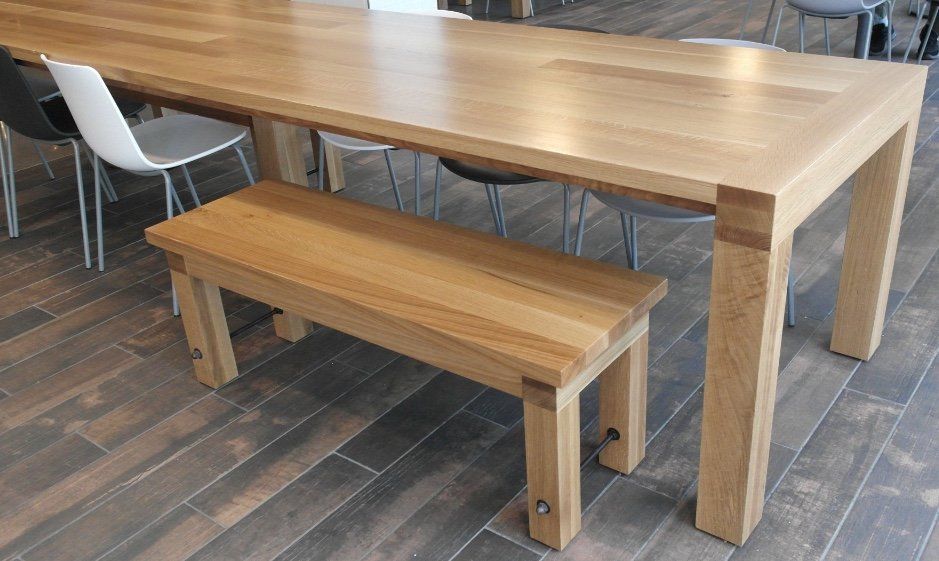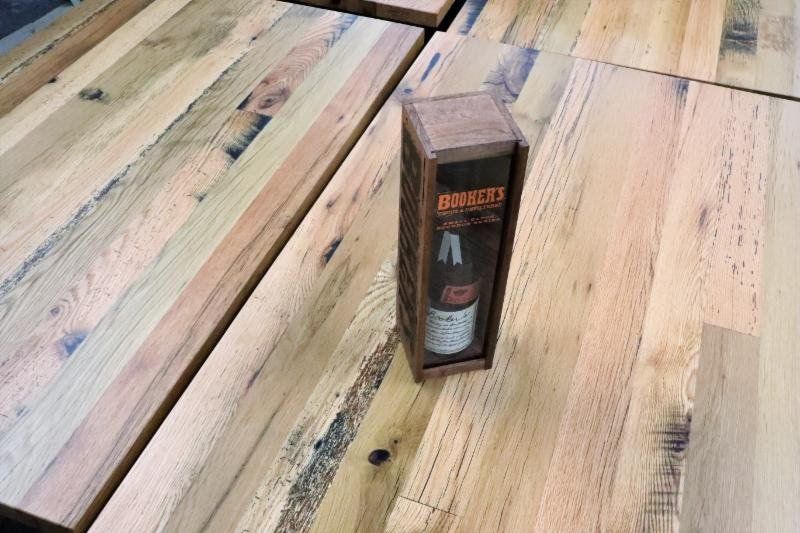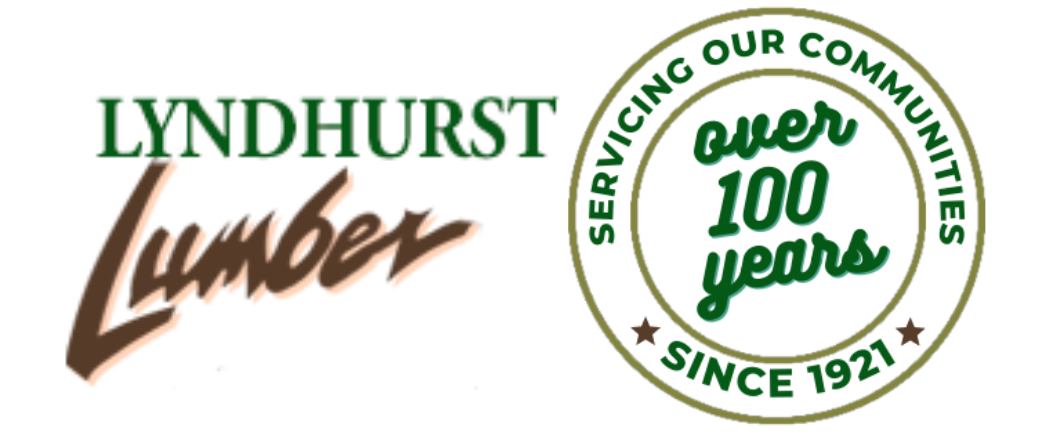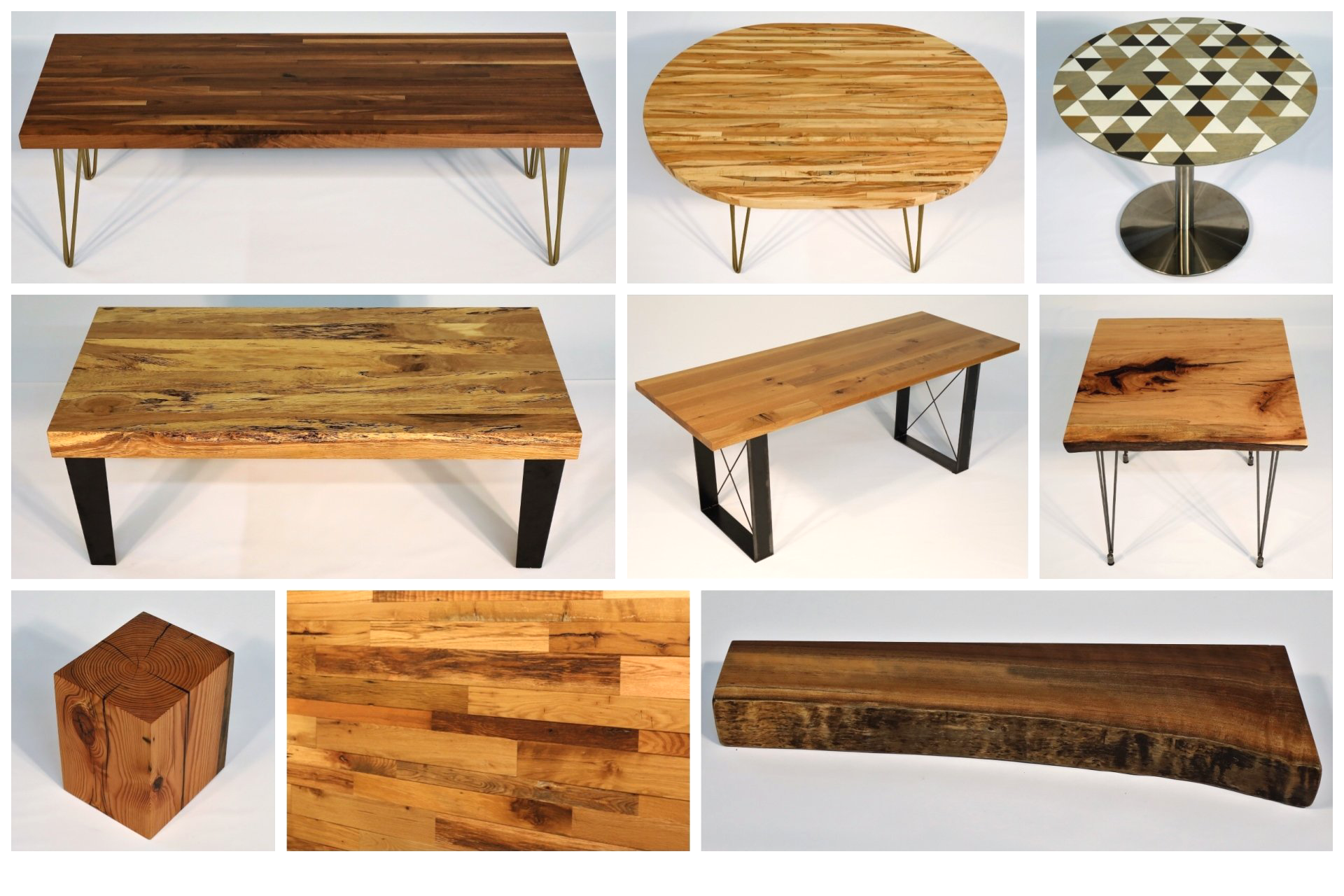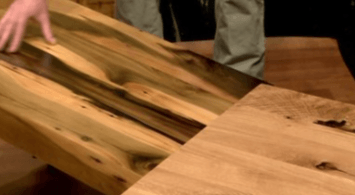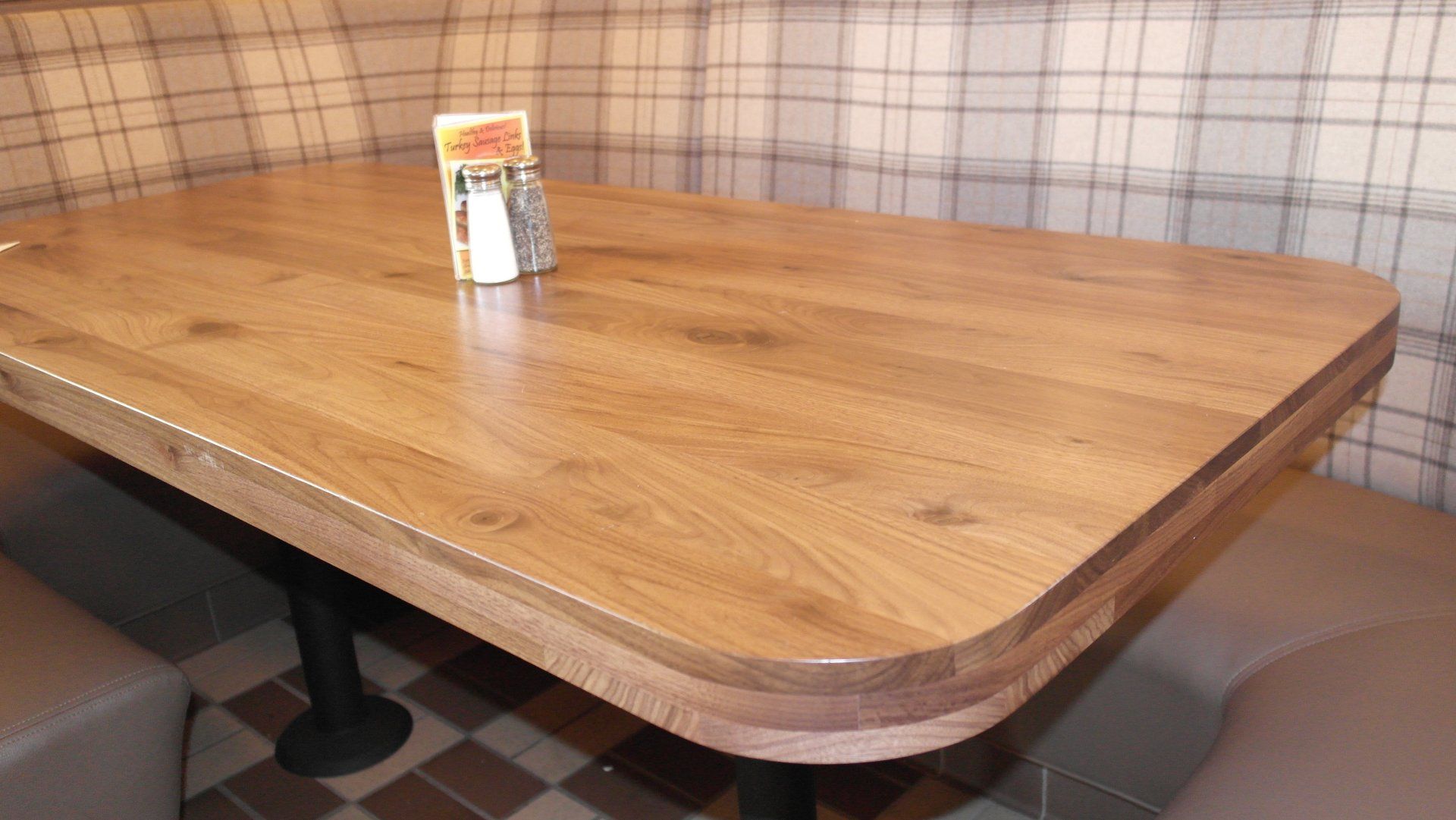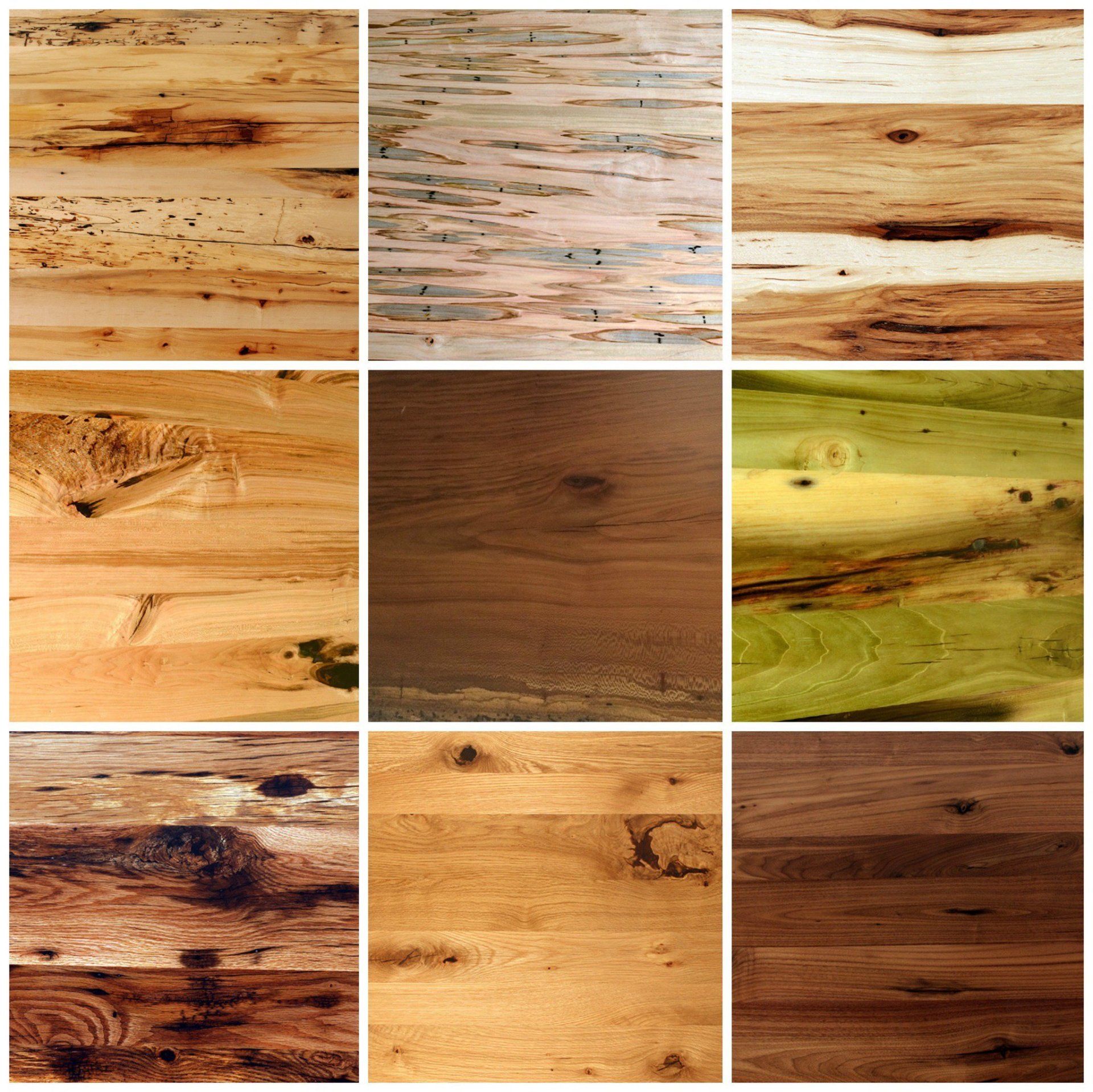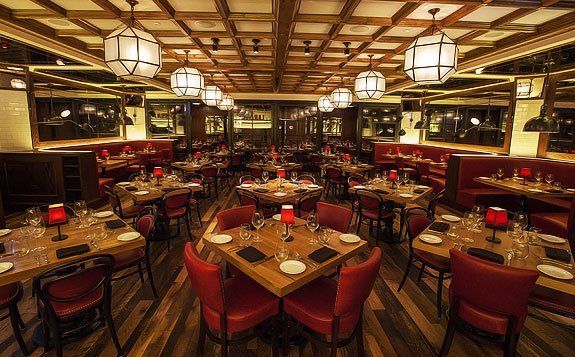Innovation Leads You to LEED
With green building becoming more and more prevalent, many designers and architects rely on the United States Green Building Council (USGBC) and their Leadership in Energy and Environmental Design (LEED) certification as a benchmark for their work. However, some are unaware that along with the 100 points that can potentially be earned on the LEED scorecard, there are also six extra bonus points that aren’t featured on the rating system. These bonus points can be earned through innovation. While six points may not seem like a large number in the grand scheme of things, this amount could actually make a huge difference. In a recent USGBC article, Batya Metalitx, the technical director of LEED at USGBC stated, “It’s in a project’s best interest to use all of the innovation points because they’re essentially bonus points; they’re like extra credit. It could put you over the line between Certified and Silver and between Gold and Platinum.”
The USGBC article provides a great overview of how projects can earn these extra points, but we’ve broken down the options for you here, as well:
Working with a LEED Accredited Professional
One point earned, as simple as that!
Using Strategies from USGBC’s Innovation Catalog
Browse ideas from this great resource featuring successful methods that have been used in past projects and incorporate them into your own.
Exceed requirements in meeting existing LEED credits
Projects that have shown exemplary performance under the existing LEED credit categories can earn extra points.
Pilot New Credits
There are 50 available pilot credits, all noted in the Pilot Credit Library , which helps the USGBC test new credit ideas that will go into future versions of LEED. Projects can incorporate these pilot credits, and can, at times, even substitute any of these 50 credits for points on the existing LEED credit rating system. Teams who achieve these credits fill out a survey, which provides the USGBC with feedback on the credit.

Garden at the North Hills Wellness Center
One example of a pilot credit is the Local Food Production pilot credit. When building the North Hills Wellness Center in Los Angeles, Verdical Group achieved this pilot credit by including five herb garden areas in the landscaping. One of the pilot credits Group14 Engineering achieved for their University of Colorado Colorado Springs’ Summit Village (pictured at the top of this article) project was for Construction and Demolition Waste Management. This credit called for diverting at least half of the total construction and demolition material from three or more different material streams. Group14 recycled wood, metal, and concrete, keeping all of this material out of the waste stream.
Not only do projects earn extra points for all of these innovative designs, the companies themselves receive “bragging rights.” As Erica Weeks, of greenSTUDIO explained, “When you can say that you’ve earned one of these pilot credits that go above and beyond the standard criteria that everyone is used to, that gives you a marketable statement; a statement showing your commitment to doing things better.”
If you’re interested in achieving an extra credit, make sure to plan ahead. As John Marceau, Sustainability Project Manager at Group14, mentioned in the USGBC article, “Think about the innovation credits early on. Don’t put them off toward the end…[Y]ou try to squeeze them in if you need them but then it doesn’t work out.” Also, creativity is key. It’s extremely helpful to look through the Pilot Credit Library and Innovation Catalog, but don’t be afraid to submit a new idea to USGBC, as well. Innovation is what is needed to move toward a sustainable future.
Looking to also earn points for LEED under Materials and Resources, Environmental Quality, and Innovative Design? Our sustainably crafted furniture can contribute to all of these areas. Contact us for more information on how we can help your next project achieve LEED status.
